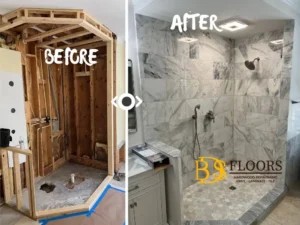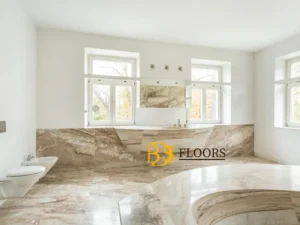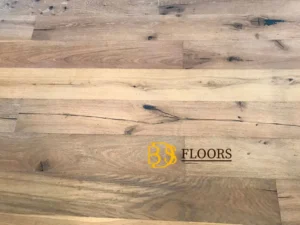LEED certification is a verification process conducted by an external party to ensure that a building or its components are environmentally sustainable, promote energy efficiency, and minimize carbon footprint. What Is LEED
This article will provide you with comprehensive information on LEED certification. Additionally, it will also touch upon the relationship between LEED and flooring.
LEED Certification
LEED (Leadership in Energy and Environmental Design) certification is a widely recognized rating system for green buildings. It provides a framework for constructing sustainable, efficient, and cost-effective buildings that promote health and well-being. Buildings that are certified as LEED compliant are considered leaders in the field of sustainability.
The LEED framework can be applied to all types of buildings, including those under construction, existing buildings, and those requiring maintenance or renovation.
Millions of people worldwide live, work, and study in LEED-certified structures. This has led to an increased awareness of the benefits of having a LEED-certified building. As a result, people often seek out the services of top-quality hardwood flooring contractors who can ensure that their flooring is LEED certified.

The United States Green Building Council operates the Leadership in Energy and Environmental Design (LEED) program, which is a green building certification system. LEED certification is only granted to entire buildings, not individual products or companies. While purchasing a particular type of flooring may contribute to earning LEED points, there is no flooring material that is specifically approved by LEED for independent installation.
Earning LEED points requires a comprehensive evaluation of a building’s sustainability, and no single component such as flooring can guarantee certification. For instance, even if a building has wood flooring, it will not earn any points unless all the wood used in the construction is certified as sustainably harvested by the Forest Stewardship Council (FSC), and no formaldehyde-containing adhesives are used for any engineered hardwood or composite wood products.
The number of LEED points a product can contribute to a building’s certification depends on its overall value to the building. To qualify for LEED points, wood flooring must be FSC-certified and must not contain any urea-formaldehyde additives. While some flooring products may lack these two qualifications, they can still be used in a building, but the building will miss out on the benefits in these two categories. As a result, most commercial flooring options, including wood, do not qualify for LEED points.







